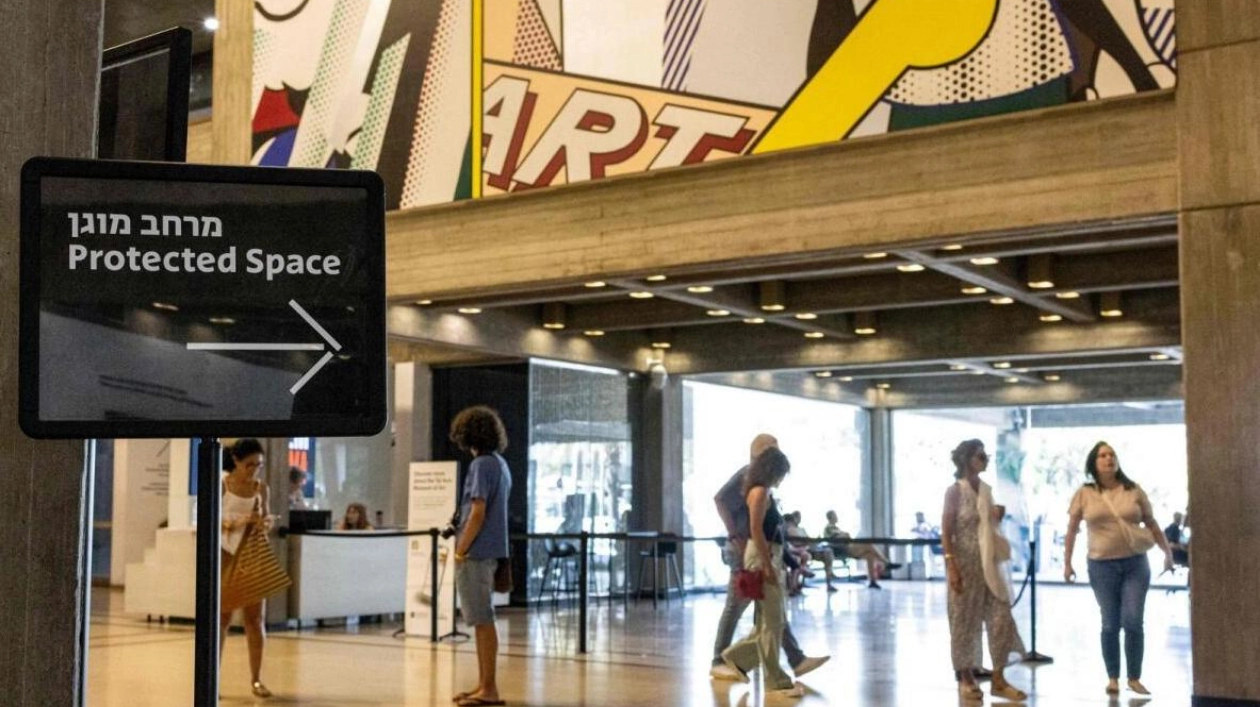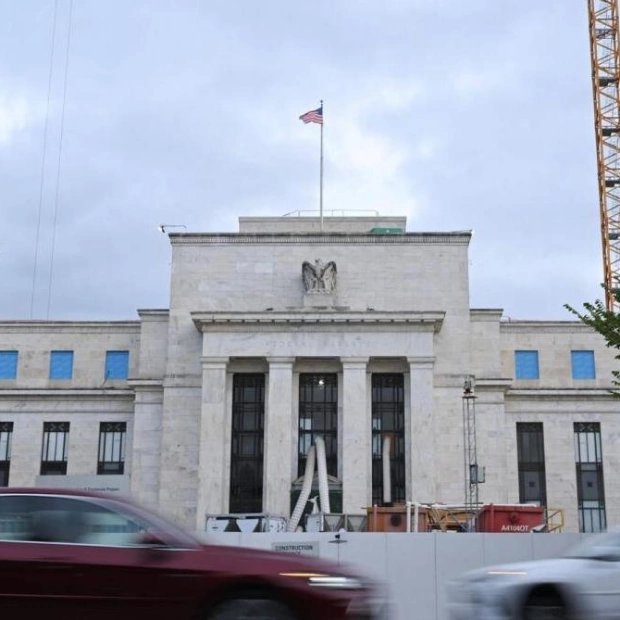An Israeli museum that concealed some of its most prized artworks following the October 7 attack has now hidden even more, due to concerns about a potential strike by Iran. The Tel Aviv Museum of Art has relocated paintings by Pablo Picasso and Gustav Klimt to a "safe" location—a fortified basement designed to protect them from missile attacks. During the initial stages of the Gaza conflict, sparked by Hamas's unprecedented assault on Israeli territory on October 7, museum staff moved several of the masterpieces. Now, as Israel prepares for a possible bombardment by Iran and its allies, such as Lebanon's Hezbollah, additional at-risk pieces have been moved. This has resulted in some galleries being left empty, with walls adorned only by empty hooks and printed descriptions of the previously displayed artworks.
"In the last few days, when the new threat from Hezbollah and Iran resurfaced, we realized we needed to take further precautions," explained Tania Coen-Uzzielli, the museum director. "We removed several more artworks, particularly those we deemed most at risk." Given the ongoing uncertainty and the persistent threat, she believes the safest place for these pieces is in the basement shelters. Some items are exhibited in a protected area on a lower floor, but the most valuable works are stored in rows of large metal grills in the "safe."
"We have some Picasso works... from various periods," said Nathalie Andrijasevic, assistant curator of modern art, as she revealed one of the storage racks. "They are typically displayed in the gallery, hung close together. Here, they remain together but in a very different environment." The October 7 attack led to the deaths of 1,198 people, mostly civilians, according to an AFP tally based on Israeli official figures. Militants also captured 251 individuals, 111 of whom are still held in Gaza, including 39 whom the military claims are deceased. Israel's retaliatory military campaign in Gaza has resulted in at least 39,929 deaths, according to the Hamas-run health ministry, which does not differentiate between civilian and militant casualties.
"On October 7, we were unaware of the full extent of the situation. We only knew that something terrible was happening across the country," Andrijasevic recalled. "Rockets were continuously being fired. We were extremely worried that they would breach the gallery ceilings and damage our works." Recently, due to the anticipated attack, more artworks have been taken down. "Hopefully, it won't happen."






